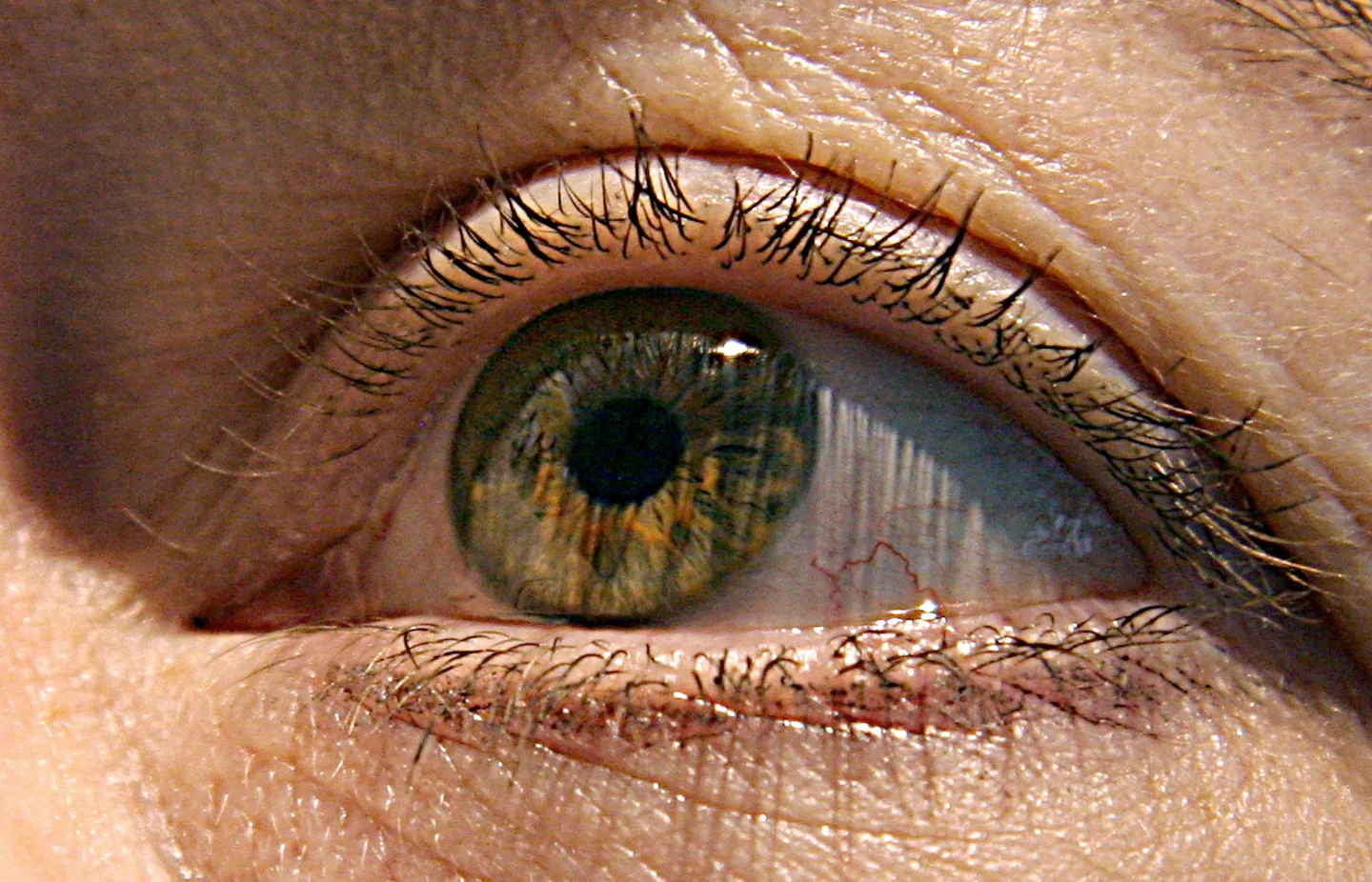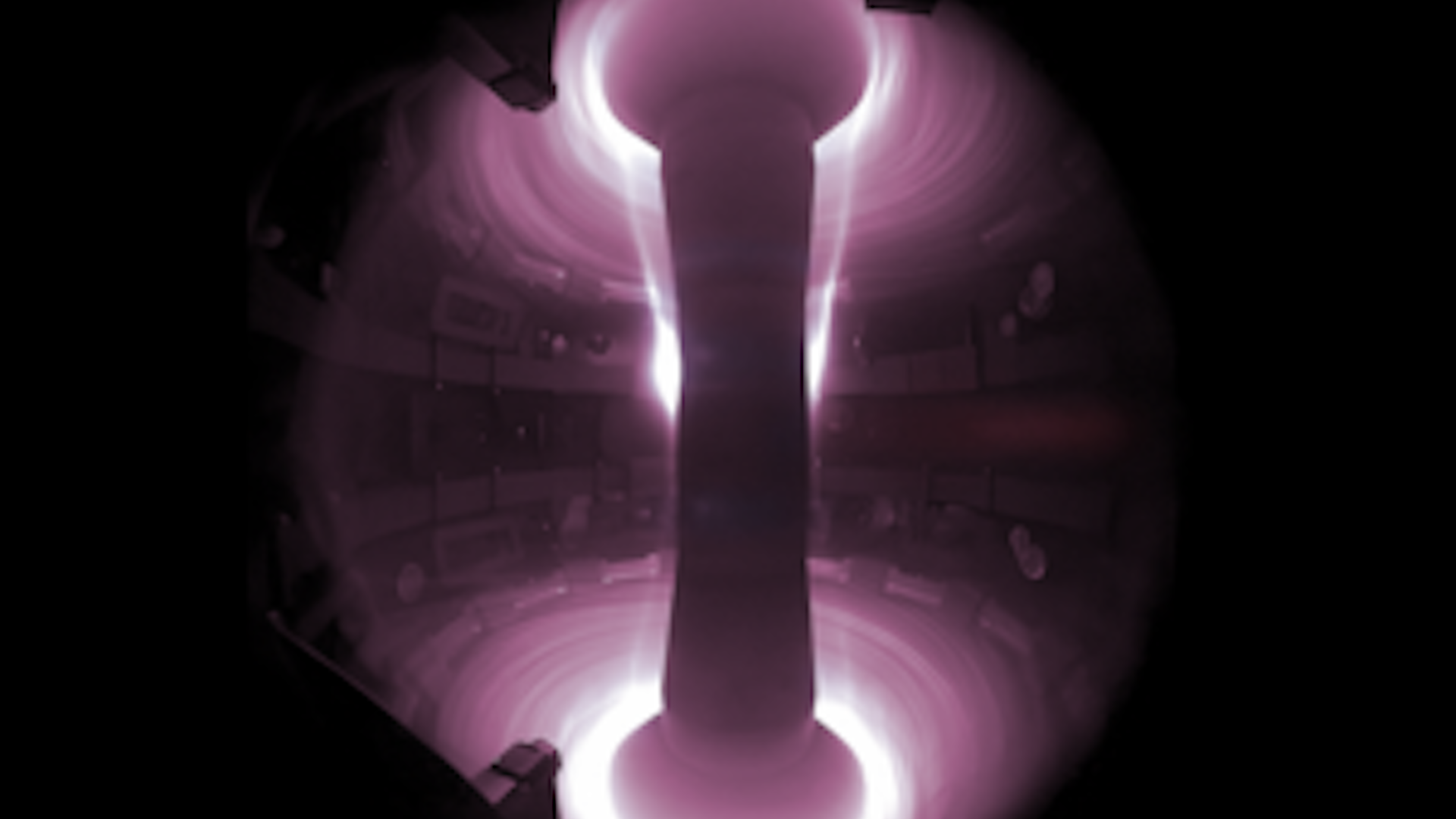Copyright The Boston Globe

In a study published Monday in The New England Journal of Medicine, vision in 27 out of 32 participants improved so much that they could read with their artificial retinas. The vision that is restored is not normal: It’s black and white, blurry, and the field of view is small. But after getting the retinal implant, patients who could barely see gained on average five lines on a standard eye chart. The implant gets signals from glasses and a camera that projects infrared images to the artificial retina. The camera has a zoom feature that can magnify images like letters, allowing people to read, albeit slowly, because with the zoom they don’t see many letters at a time. “This is at the forefront of science,” said Dr. Demetrios Vavvas, director of the retina service at Massachusetts Eye and Ear, a specialty hospital in Boston. He was not involved in the study and emphasized that the implant was not a cure for macular degeneration. But he called it the dawn of a new technology that he predicted would significantly advance. The treatment is only for people with a loss of retinal photoreceptors, so it would not work for other forms of blindness. The study participants had an average age of 79 and had been told that once vision was lost, it was gone forever. Two drugs, pegcetacoplan and avacincaptad, can be injected into the eye every one to two months to slow the progression of the disease. But the drugs cannot halt it. With the drugs, “basically you get worse slower,” said Dr. Royce W. Chen, a macular degeneration specialist at Columbia University Irving Medical Center. Patients, he said, are desperate. Some have gone to stem cell clinics that charged them as much as $10,000 for useless treatments. The idea that such patients could get some vision back “is amazing,” said Chen, who was not involved in the new study. Dr. Ronald Adelman, chair of the department of ophthalmology at the Mayo Clinic in Florida, also called the result “amazing.” He was not involved in the study. “This brings hope,” he said. There were side effects, though, that affected 19 patients. The most common were increased pressure in the eye, tears in the retina, and bleeding. The investigators wrote in their paper that these side effects “were mostly manageable and resolved within two months.” The study, by Science Corp., a medical technology company, took place in Europe because the device was developed by a French company, Pixium Vision. Pixium went out of business in 2024. Science Corp., based in Alameda, Calif., bought its assets. Science Corp. has applied to sell its device in Europe. Daniel Palanker of Stanford University, the device’s inventor, said the company was in talks with the Food and Drug Administration about selling it in the United States. Palanker, a physicist, said he started working on the device 21 years ago. Other researchers at the time were experimenting with devices that had wires that went into the eye. “We thought that was the wrong design,” he said. The retinal implant he came up with is a wireless chip about the size of a pinhead and as thin as a sheet of plastic wrap. It is inserted in the retina, replacing cells that have died. The chip alone does not let people see. They need a small camera attached to a pair of glasses that captures images, converts them to near-infrared light signals, and then projects them onto the implant. The pixels in the retinal prosthesis convert near-infrared light into electric signals, which stimulate the remaining retinal neurons, allowing people to see. Most patients, though, do not see better immediately. They need training, which can take months, because seeing with the glasses and camera is not the same as normal vision. But for patients who could see almost nothing, restoring even limited vision can be life-changing, the researchers said. Palanker said the current device is only the beginning. He has an improved version that will have much better resolution. It has worked in preliminary tests. In rats.



